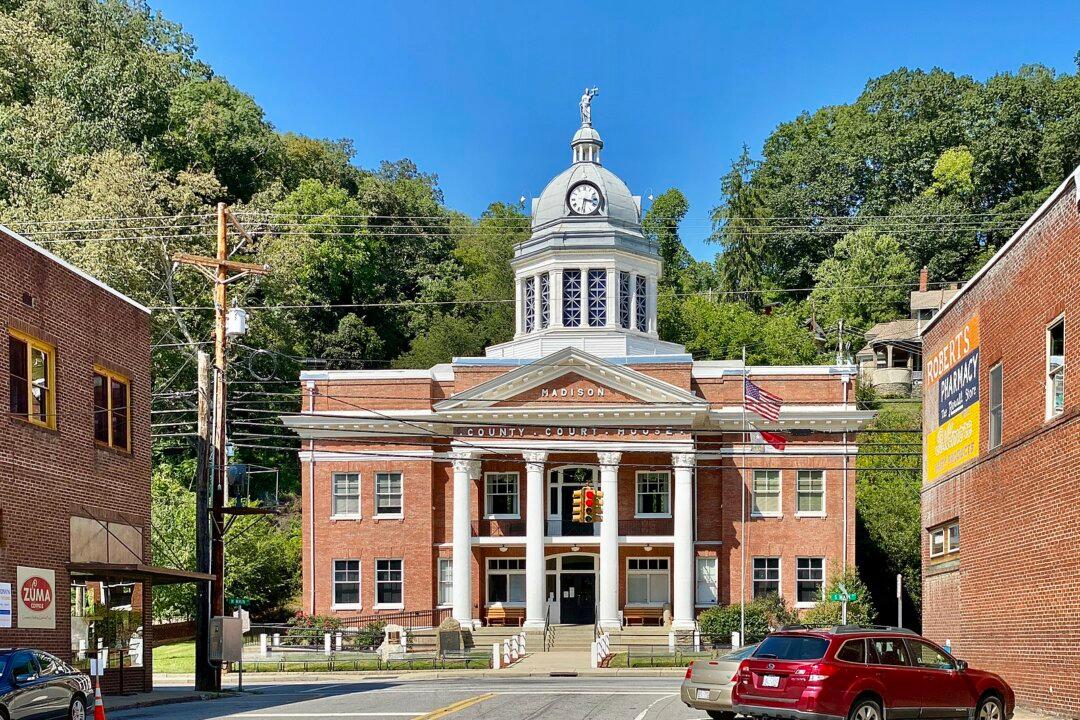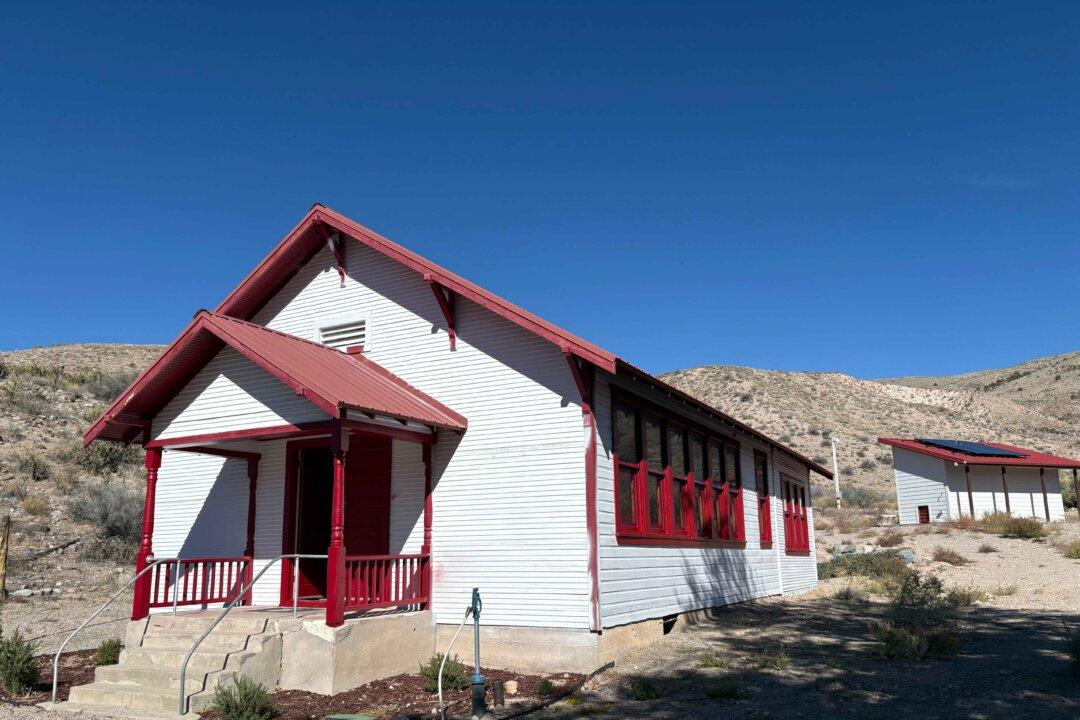BARNARDSVILLE, N.C.—Beautiful Western North Carolina is replete with small, charming, historic towns. However, on Sept. 27, many suffered devastating damage due to the impact of Hurricane Helene.
Many residents’ families have lived in the Appalachian communities for generations, but they’re not used to hurricanes. People were completely unprepared when 10 to 30 inches of rain pounded the mountainous region, causing creeks, streams, and rivers to swell their banks. The destructive power wrought by the downward flow of merging waterways and mudslides uprooted trees, lifted homes, hurled vehicles, and destroyed bridges.





